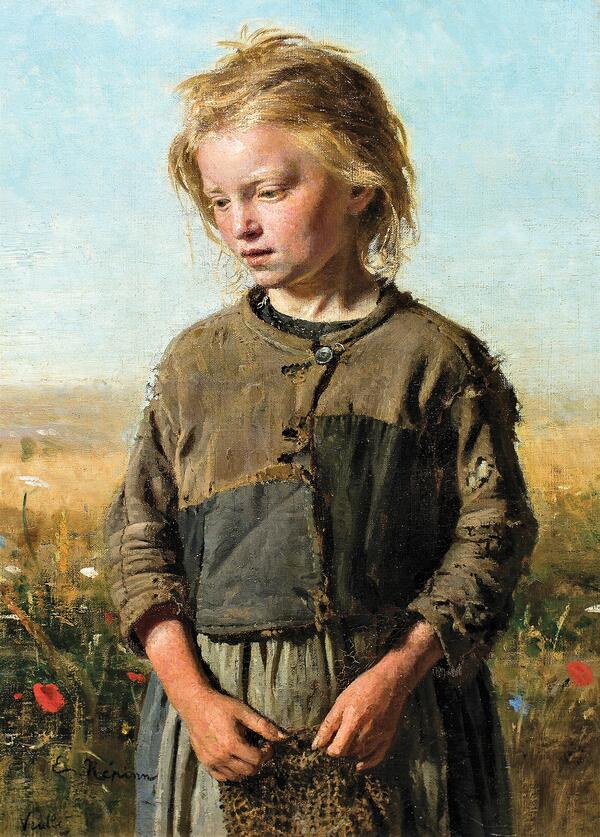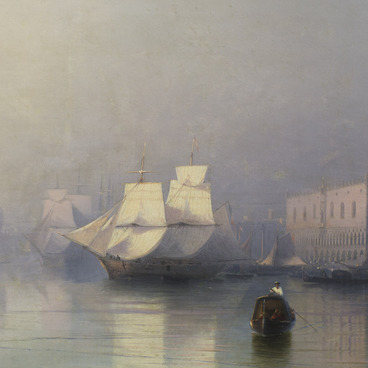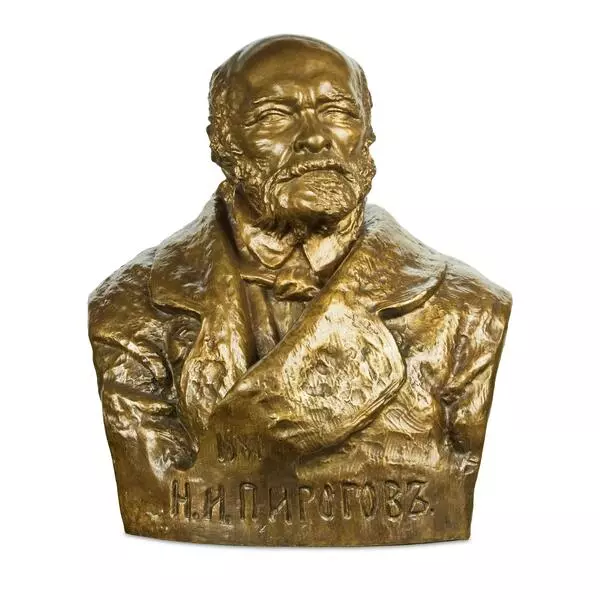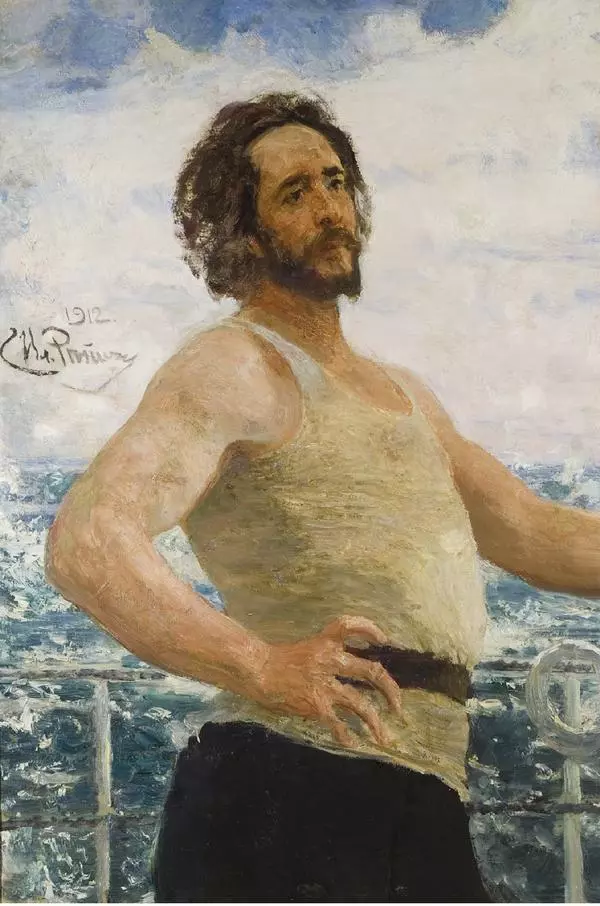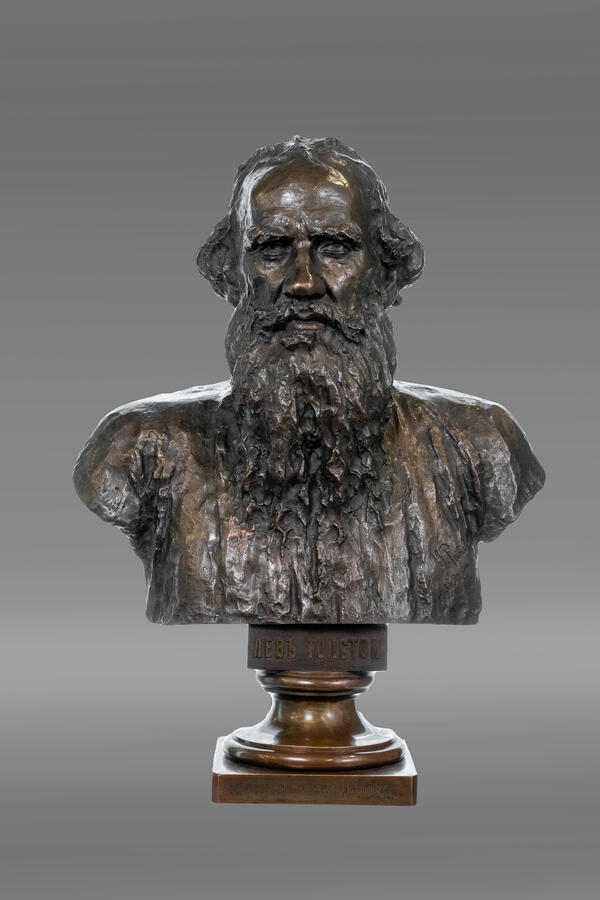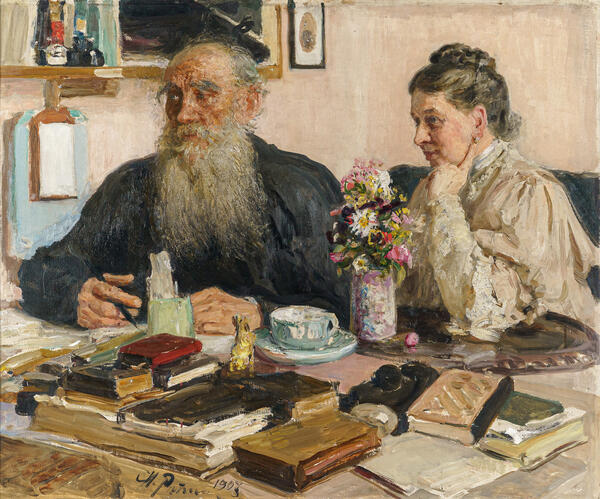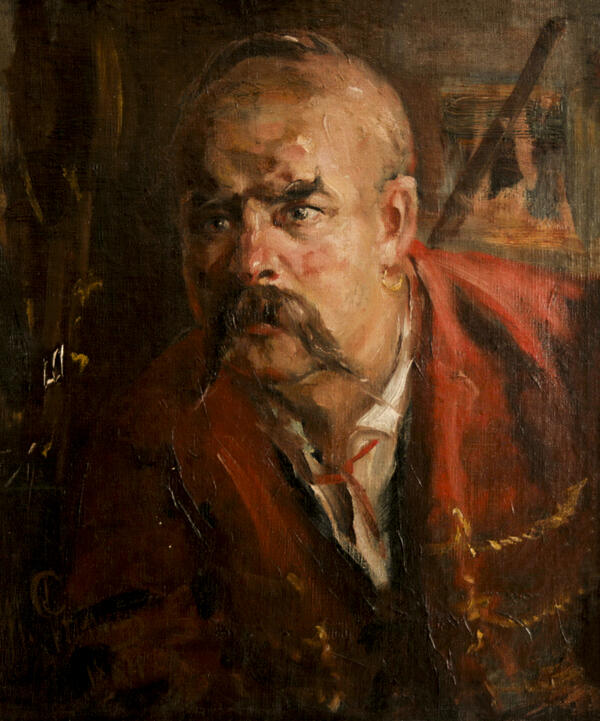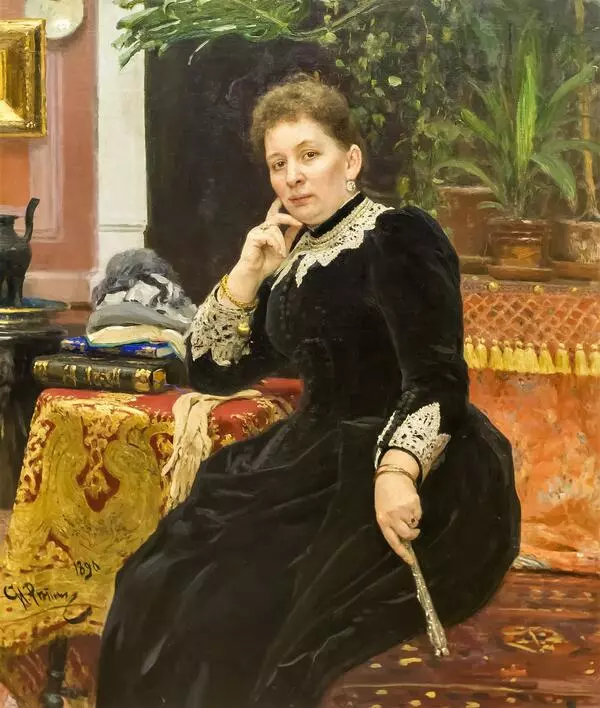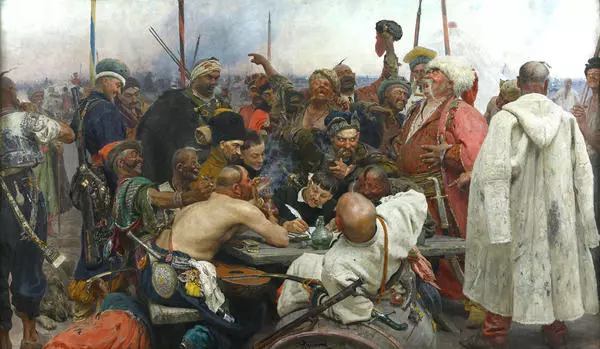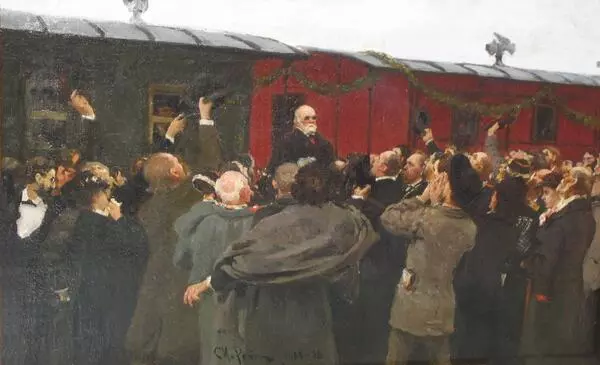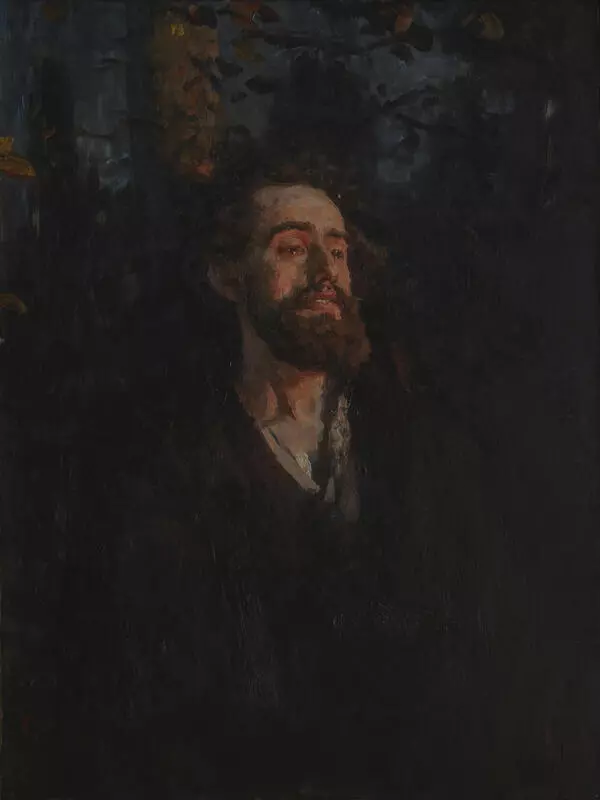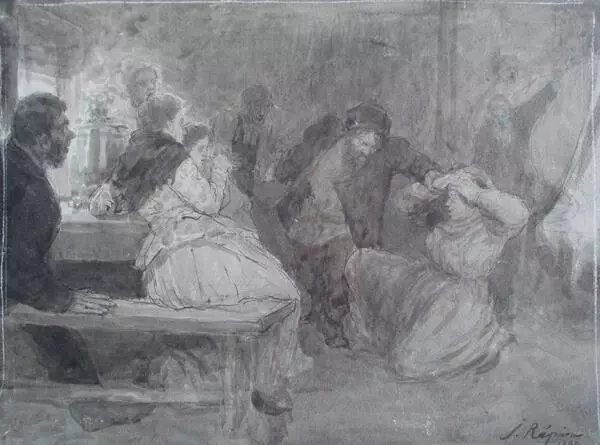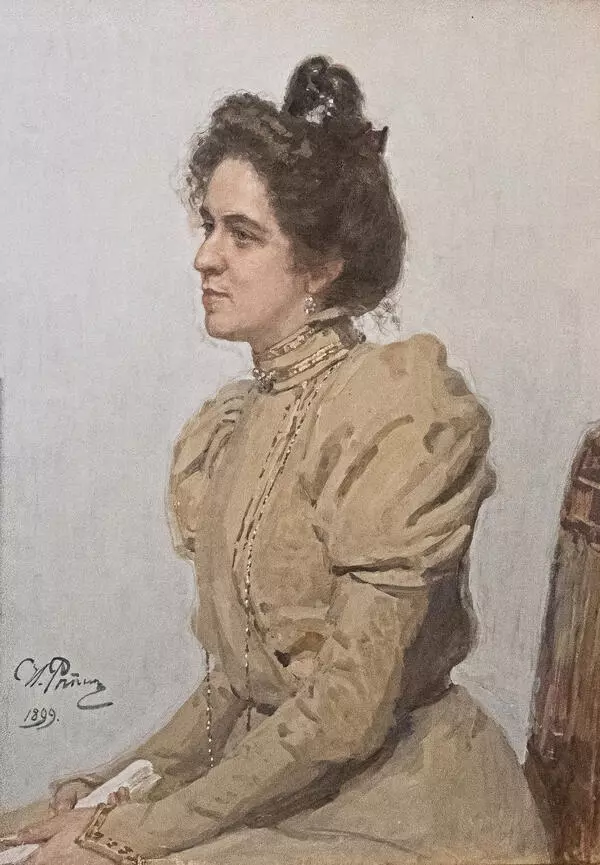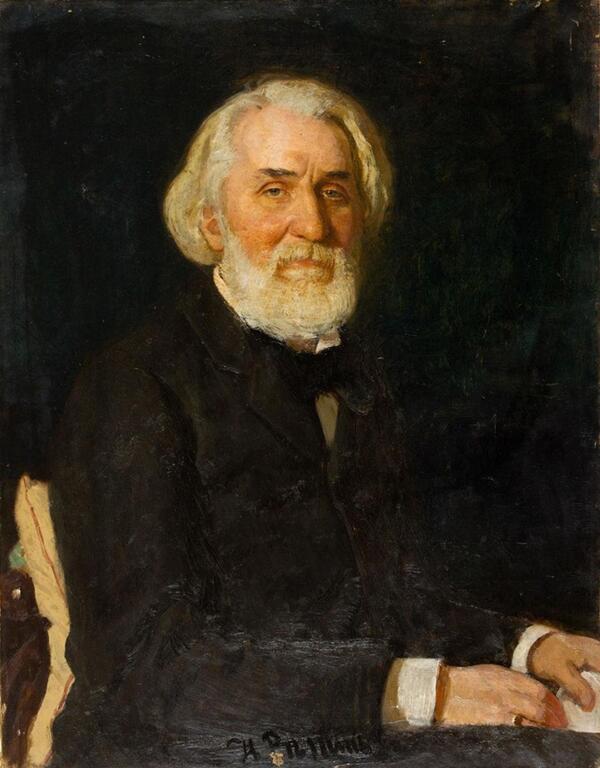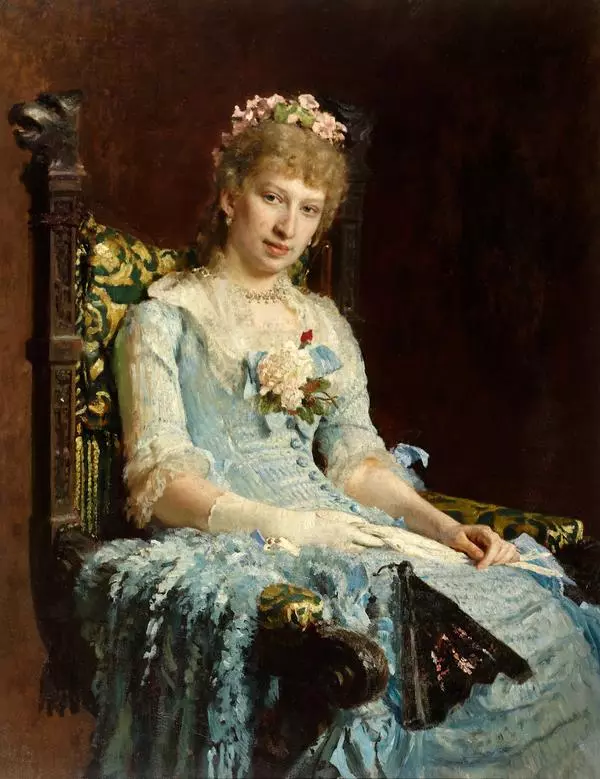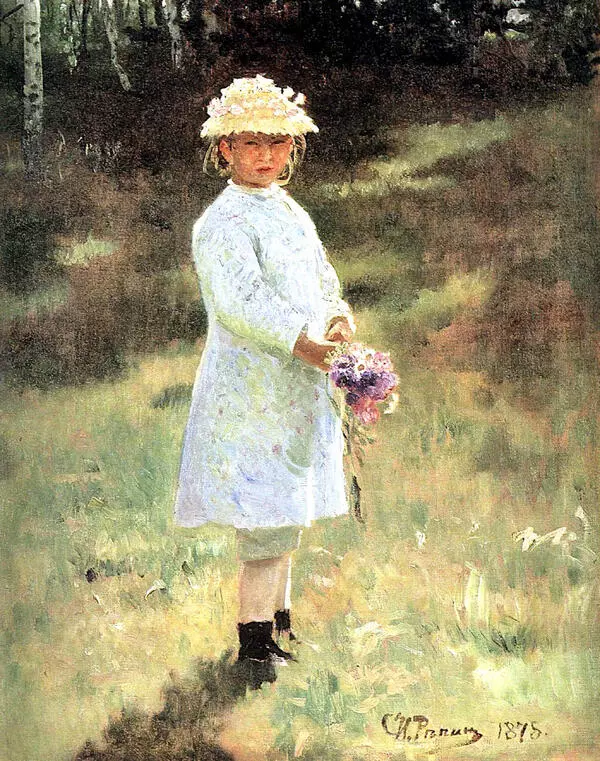Ilya Repin was one of the key figures in Russian painting in the second half of the 19th century. He was born into the family of a Russian military officer in the Kharkov governorate. When he was a boy, Repin worked as an apprentice in an icon-painting workshop. Soon the adults noticed his talent, and at the age of 16, Repin joined a group of icon painters, which were always on the move traveling from one city to another. A few years later, he decided to enter the Academy of Arts, took all the money he had earned and moved to St. Petersburg.
His main tutor was Ivan Kramskoy, a student of the Academy of Arts, who prepared the young man for the exams. Repin received a large gold medal for his diploma work at the Academy, and got an opportunity to travel to Europe and to get acquainted with Western European art. During his trip to France funded by a scholarship, he studied the work of the Impressionists and started painting en plein air trying to depict nature in natural light. Repin was one of the first Russian artists to master the art of painting en plein air. The thirty-year-old painter made 12 sketches depicting the small French town of Veules, where there was a colony of Russian artists. ‘Beggar’ from the museum collection was among those works — a one-session full-scale sketch of a French girl.
The painting became widely famous in 1948, when its image was published in color in the major work ‘I. Ye. Repin. Artistic Legacy’ — a book edited by the famous art historians Igor Grabar and Ilya Zilberstein. It was attributed to the newly found Veules sketches.
‘Tousled fair hair, a face with a not yet darkened pink tan, a sad, concentrated expression in her eyes, a thin childish neck, and rough childish hands. Everything is drawn flawlessly, painted meticulously. The landscape is highly general, it almost does not attract our attention. But the girl seems to live in the atmosphere of a bright summer day… “, wrote Olga Lyaskovskaya, an art critic from the capital city. The “Beggar” unites for the first time all principles of the artist’s talent — the ability to read into the inner world of the sitter, the skill of a painter and graphic artist.
Vladimir Sukachev acquired this highlight of the Irkutsk collection in the artist’s workshop in the 1880s.
His main tutor was Ivan Kramskoy, a student of the Academy of Arts, who prepared the young man for the exams. Repin received a large gold medal for his diploma work at the Academy, and got an opportunity to travel to Europe and to get acquainted with Western European art. During his trip to France funded by a scholarship, he studied the work of the Impressionists and started painting en plein air trying to depict nature in natural light. Repin was one of the first Russian artists to master the art of painting en plein air. The thirty-year-old painter made 12 sketches depicting the small French town of Veules, where there was a colony of Russian artists. ‘Beggar’ from the museum collection was among those works — a one-session full-scale sketch of a French girl.
The painting became widely famous in 1948, when its image was published in color in the major work ‘I. Ye. Repin. Artistic Legacy’ — a book edited by the famous art historians Igor Grabar and Ilya Zilberstein. It was attributed to the newly found Veules sketches.
‘Tousled fair hair, a face with a not yet darkened pink tan, a sad, concentrated expression in her eyes, a thin childish neck, and rough childish hands. Everything is drawn flawlessly, painted meticulously. The landscape is highly general, it almost does not attract our attention. But the girl seems to live in the atmosphere of a bright summer day… “, wrote Olga Lyaskovskaya, an art critic from the capital city. The “Beggar” unites for the first time all principles of the artist’s talent — the ability to read into the inner world of the sitter, the skill of a painter and graphic artist.
Vladimir Sukachev acquired this highlight of the Irkutsk collection in the artist’s workshop in the 1880s.

